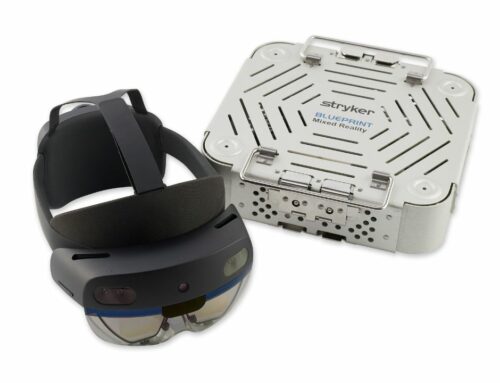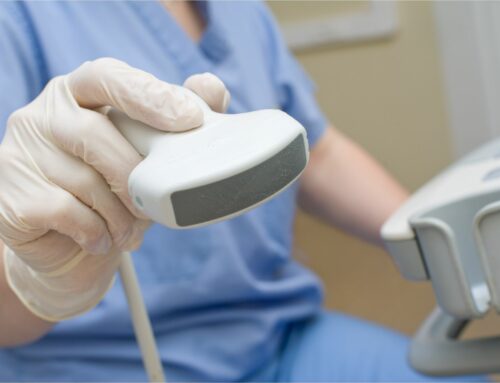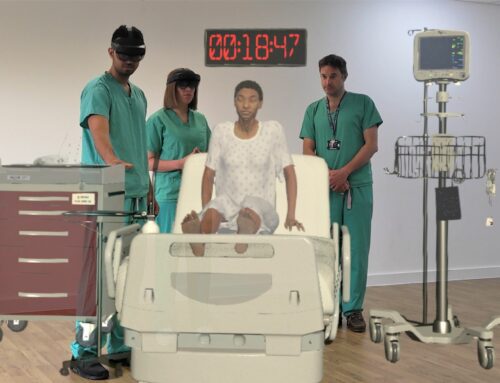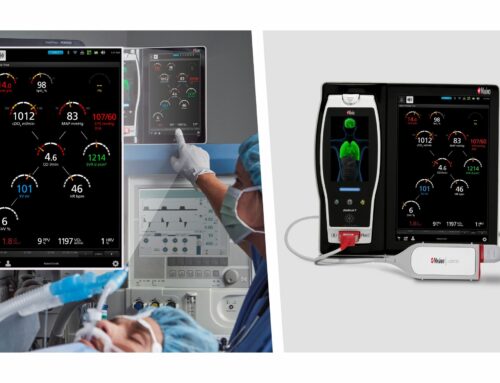The Bluetooth Special Interest Group (SIG) Seeing Increased Member Focus on Enhanced Treatment Solutions and Smarter Healthcare Facilities
 Beyond the release of the public exposure notification system (ENS) and a concentration on safe return solutions, the Bluetooth Special Interest Group (SIG) has continued to hone in on technologies dedicated to enhancing patient care and optimizing healthcare facilities. These new technologies rooted in healthcare are reinforcing patient-centricity and patient satisfaction by improving the care experiences before, during and after a hospital stay. Additionally, smart hospitals that are optimizing healthcare facility operations offer assistance from automated systems for healthcare workers and cost-cutting benefits for business operations.
Beyond the release of the public exposure notification system (ENS) and a concentration on safe return solutions, the Bluetooth Special Interest Group (SIG) has continued to hone in on technologies dedicated to enhancing patient care and optimizing healthcare facilities. These new technologies rooted in healthcare are reinforcing patient-centricity and patient satisfaction by improving the care experiences before, during and after a hospital stay. Additionally, smart hospitals that are optimizing healthcare facility operations offer assistance from automated systems for healthcare workers and cost-cutting benefits for business operations.
With an estimated 64 million Bluetooth patient monitoring devices shipping per year by 2025 and extensive growth of implementations involving Bluetooth location services in healthcare settings by that same year, there continues to be a heightened focus on solutions that address the health and safety of patients and caregivers. This includes real-time monitoring solutions, telehealth diagnosis tools, over the counter and medical wearables, remote sensing devices, and more. By providing efficient pre- and post-treatment solutions, Bluetooth technology has become integral to the entire progression of patient care.
“The pandemic highlighted the urgent need for patient monitoring and treatment solutions that could also enhance the health and safety of caregivers,” said Chuck Sabin, senior director of market development at the Bluetooth SIG. “We have seen a significant number of our member companies who have started using Bluetooth technology to assist in delivering these types of solutions before treatment, during treatment, and after treatment.”
Bluetooth technology has also been working in the background to improve overall safety and operational efficiency within healthcare facilities, including Bluetooth-based solutions for quarantine management, access control, optimized patient routing, asset tracking, and monitoring staff hygiene. The adoption of these solutions is driven both by immediate needs to control costs and improve safety along with longer-term goals focused on enhancing overall patient care. These shifting patterns within healthcare are encouraging hospitals to redefine themselves to meet new customer demands and patient expectations for care delivery.
To learn more about how wireless technologies are being used to optimize healthcare facilities and improve patient care, register for the upcoming webcast “Optimizing Healthcare Facilities Using Wireless Technology – A Case Study” where leaders from the Bluetooth SIG, Kontakt.io and Riverside Health will discuss real use cases of how Bluetooth has been integrated within healthcare facilities to optimize operations and improve patient care. The webcast takes place Wednesday, September 29 at 10 a.m. PST.
For information regarding Bluetooth technology in healthcare, visit the Bluetooth SIG’s website here.
About the Bluetooth SIG
Formed in 1998, the Bluetooth SIG is the not-for-profit trade association that oversees Bluetooth® technology. In support of more than 35,000 member companies, the Bluetooth SIG facilitates the collaboration of its members to create new and enhanced specifications that expand the technology, drives global interoperability via a world-class product qualification program, and grows the brand by increasing the awareness, understanding, and adoption of Bluetooth technology.
About Bluetooth Technology
Included in more than 4 billion products shipped each year, Bluetooth technology is the global standard for simple, secure wireless connections. Since its formation in 1998, the Bluetooth community has continued to expand the capabilities of Bluetooth — powering innovation, creating new markets, and redefining communication worldwide. Today, Bluetooth is the wireless technology of choice for developers in many solution areas, including audio streaming, data transfer, location services, and large-scale device networks.












